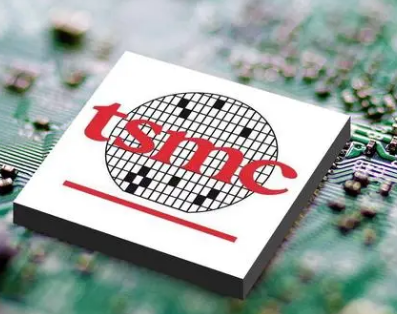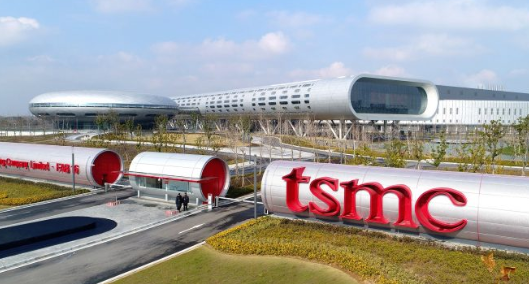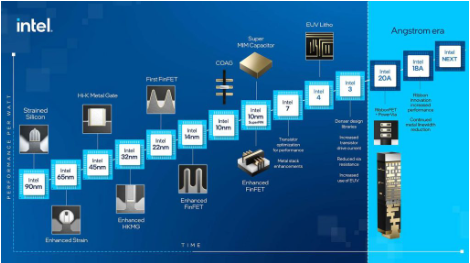TSMC 7-nm Process Experiencing Heavy Market Demand
Taiwan Semiconductor Manufacturing Company, Limited (TSMC) last Thursday at a legal briefing stated that their 7-nm chip process has already gone into mass production. They estimate that during the third quarter it will account for 10% of their revenue and then increase to account for 20% of their revenue in the fourth quarter.

TSMC CEO and Vice Chairman C.C. Wei stated that currently 7-nm has already gone into mass production and can be used in servers, AP, CPU, and GPU; furthermore, it is expected to contribute to 10% of TSMC’s revenue. He also pointed out that increased demand for high-speed computers and high-end mobile phones will be the main sources of growth in the third quarter.
In addition, the design for EUV equipment which uses 7 + nm was also finalized this month, and they expect to finalize more designs at the end of this year with the processes formally going into mass production in the second quarter of 2019. Following that, 5-nm processes will also be introduced for EUV.
在线留言询价

TSMC Expected to Lower Capital Expenditure, Potentially Falling Below $30 Billion for the Year
- 一周热料
- 紧缺物料秒杀
| 型号 | 品牌 | 询价 |
|---|---|---|
| MC33074DR2G | onsemi | |
| RB751G-40T2R | ROHM Semiconductor | |
| CDZVT2R20B | ROHM Semiconductor | |
| BD71847AMWV-E2 | ROHM Semiconductor | |
| TL431ACLPR | Texas Instruments |
| 型号 | 品牌 | 抢购 |
|---|---|---|
| STM32F429IGT6 | STMicroelectronics | |
| BP3621 | ROHM Semiconductor | |
| BU33JA2MNVX-CTL | ROHM Semiconductor | |
| TPS63050YFFR | Texas Instruments | |
| ESR03EZPJ151 | ROHM Semiconductor | |
| IPZ40N04S5L4R8ATMA1 | Infineon Technologies |
AMEYA360公众号二维码
识别二维码,即可关注



























